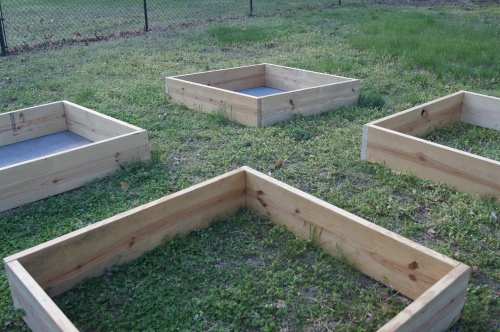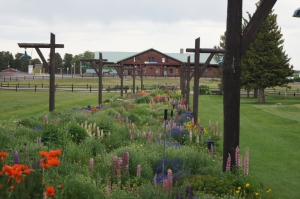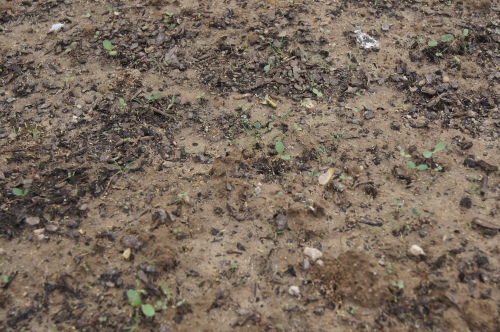It has been a perfect fall so far, full of crisp apples and cider, pumpkin muffins, and of course lots to do in the garden.
For vegetables, I planted Romaine and Bibb lettuce in early September, along with radish and spinach seeds. All but the spinach are thriving and the tomatoes are still going strong. My peppers have also finally hit their stride in the cool days and chilly nights; there are four big Bells at last count and three Anaheims getting started: chili weather is here!
I’ve also been working on bulbs. I did a row of Allium along the back of the pond garden; I thought my little helpers would enjoy (picking the petals off) the big purple balls in the summertime. I added a semi-circle of red-and-yellow tulips, planted with rodent-resistant daffodils, around my little white bench. My little Rose has been helping me tuck the remaining daffodil bulbs around all of our decorative trees.
Rose has been a bit confused by the process. She likes the bulbs and their papery skins, and she likes the game of hiding them in the dirt, but she then once they’re covered she’s ready to dig them out like any good game of peekaboo. I’ve had to explain to her that the bulbs are sleeping now, all through the winter, and they won’t wake up until spring when they’ll turn into beautiful flowers. She wasn’t crazy about that explanation until we sang them all lullabies, patting the dirt where the bulbs sleep. I’m hoping that extra effort will guarantee a full garden come spring.
Meanwhile, the daisies, now interspersed with a flaming red seedum, have just begun to open their white petals for one of my favorite sights of fall.

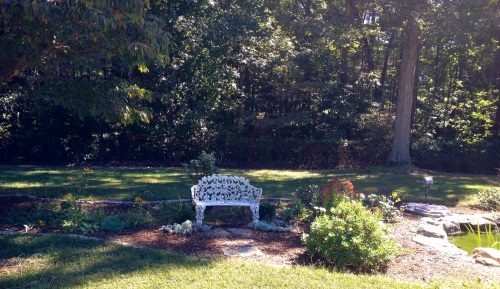
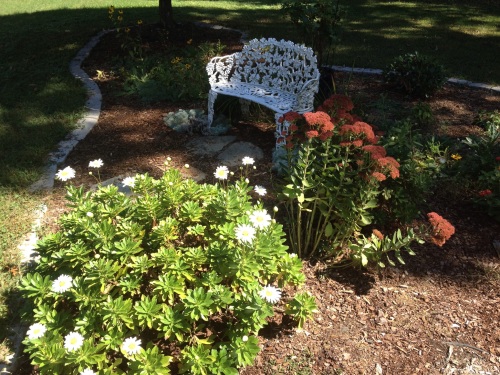
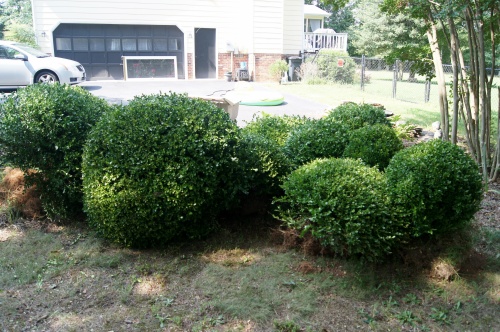
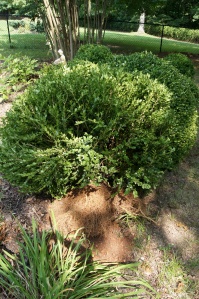 When I shared this idea with my mom, she commented, “Oh yeah, you’re heeling them in.”
When I shared this idea with my mom, she commented, “Oh yeah, you’re heeling them in.”
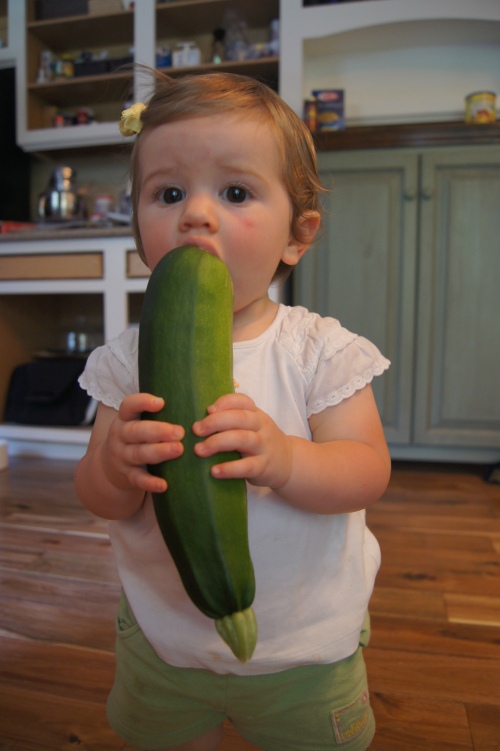
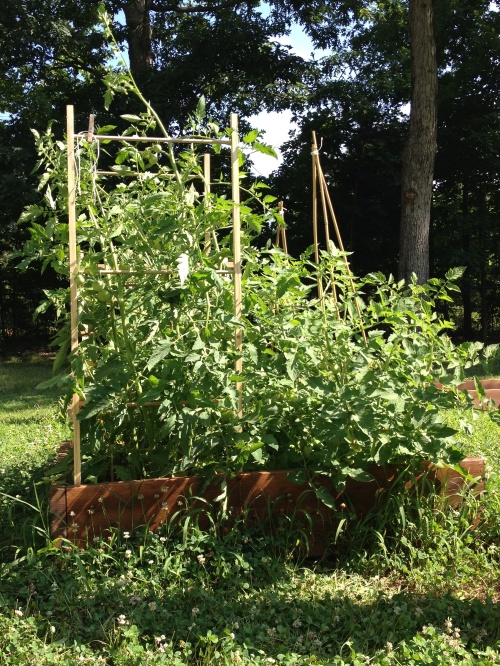
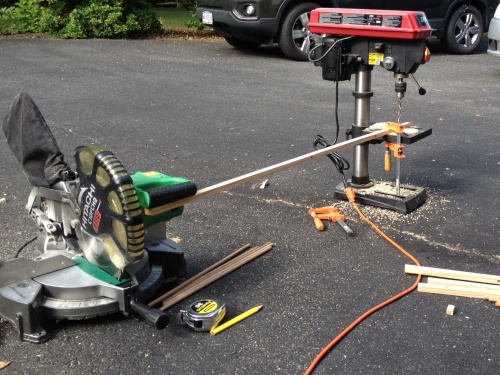
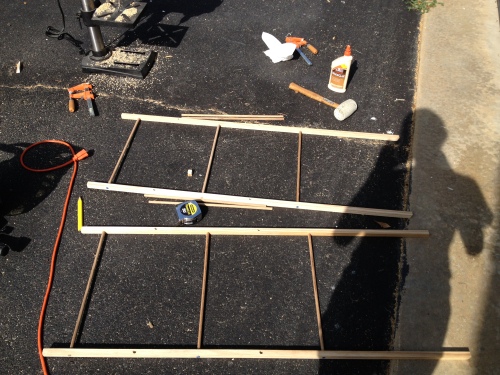


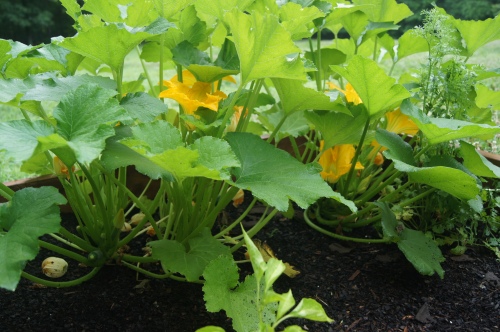






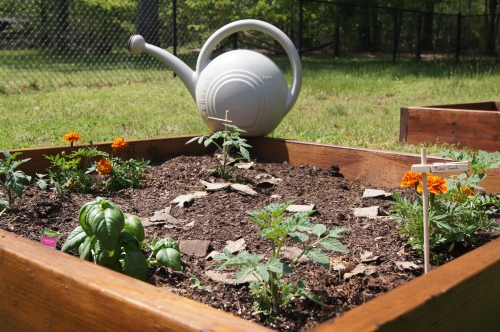

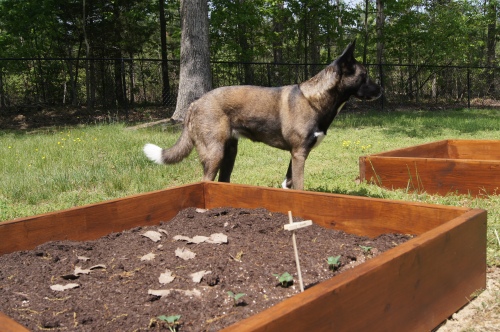

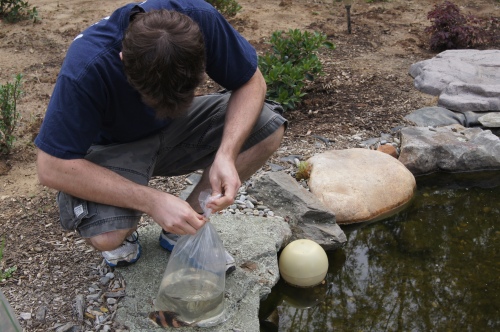
 Next, I measured a line across one end of each board about an inch down from the end. Using that as a guide, I used the drill press to put three holes within that guide. Once I had four boards pre-drilled, I squared them up with the help of a 90-degree clamp, placing the pre-drilled holes flush against the end of the next board.
Next, I measured a line across one end of each board about an inch down from the end. Using that as a guide, I used the drill press to put three holes within that guide. Once I had four boards pre-drilled, I squared them up with the help of a 90-degree clamp, placing the pre-drilled holes flush against the end of the next board.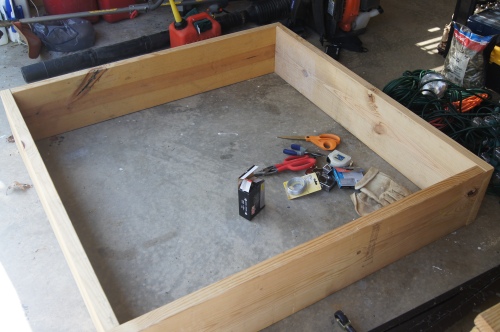
 Since we have voles building a subterranean metropolis beneath our backyard, Chris stapled a chicken wire screen to the bottom of each box. Beneath the wire he added a layer of landscaping fabric to keep out any weeds.
Since we have voles building a subterranean metropolis beneath our backyard, Chris stapled a chicken wire screen to the bottom of each box. Beneath the wire he added a layer of landscaping fabric to keep out any weeds.